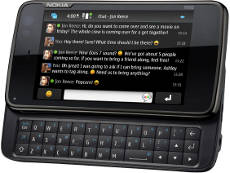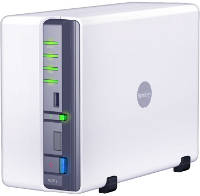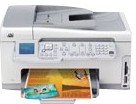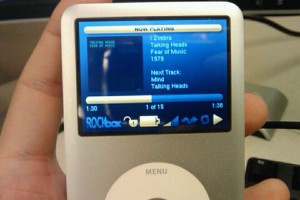My printer is dead.
I got myself this HP C6180 all-in-one thing a little over three years ago and it was a good and fine printer, scanner and copier. I’ve had great use for it and it worked fine under Linux too.
Things started to decline
My problems with this printer basically started like a year ago or so when my wife’s laptop running Windows Vista suddenly decided to automatically uninstall the printer drivers. Every now and then it decides to remove the printer and I re-install it. Repeat. It gets a little boring after a while and I’ve failed to locate the reason or address the actual problem. We just re-install the driver often.
When that started happening, the HP software package for using the scanner functionality stopped working. Even if I uninstall everything and re-install etc, it just refuses to work. Possibly I could try using some other tools for scanning but since I mostly scan for my work purposes I can just as well do that from one of my computers (as opposed to my wife’s) and they run Linux and they don’t have this scanner problem.
The final blow
I scanned a paper for work (which turned to be the last useful thing I could ever do with it) and then I decided to print a short document to accompany a few receipts I had to send to the company handling Haxx‘s economy. I wrote it up in Open Office and pressed print. My home office is upstairs while the printer is downstairs so I didn’t check the printout immediately. After a while I walked down to put the paper into the envelope and notice there was no paper there. The printer had gone into a loop were it obviously powers on, starts a while (the little LCD on it starts up and shows some animation) and then it powers off and goes back on again.
First Aid
I yanked all the cables, cancelled the printer jobs from my computer, inserted the power cable again only to see the power cycle start again.
Sigh. I googled “HP c6180 reset” and landed on this great page which describes several ways that people have successfully used to hard reset their printers of exactly my model. I tried them all. Patiently one by one (including pressing 6 + #, 6 + * and OK + help when inserting the power cable). None of them made any impact, the device is still going in the power loops. As the printer is over three years old there’s no warranty or anything, and comments all over clearly indicate that HP charges for repairs of this kind of problem.
I can’t but to still have a feeling that this might be software related and then there should be some kind of master reset somewhere that would bring it back to some initial state. I just can’t find any…
Sorry dude, it’s gone
A few comments I’ve found indicate that this problem has been seen on devices with failed capacitors and there’s even a nice picture showing exactly which with a description of how to proceed to replace them. I’m just crappy with soldering and fiddling on that HW level and it’s not like I would be even close to have those spare parts.
There was nothing I could do. The poor thing is not possible to reach anymore we have to put it out of its misery!
Replacement system
Ok, I still had to mail my physical mail with receipts away so I had to pull out my backup system for emergencies like this. It is a very sophisticated concept divided into many separate yellow pieces and I’ll you show you a picture of one of them here on the left.
So the process of finding and getting a new printer/scanner has begun… I use it rather often so I’ll probably go quickly and pick something similar to what just died here.

 Thomas Jarosch has been quite busy and worked a lot on the
Thomas Jarosch has been quite busy and worked a lot on the 





